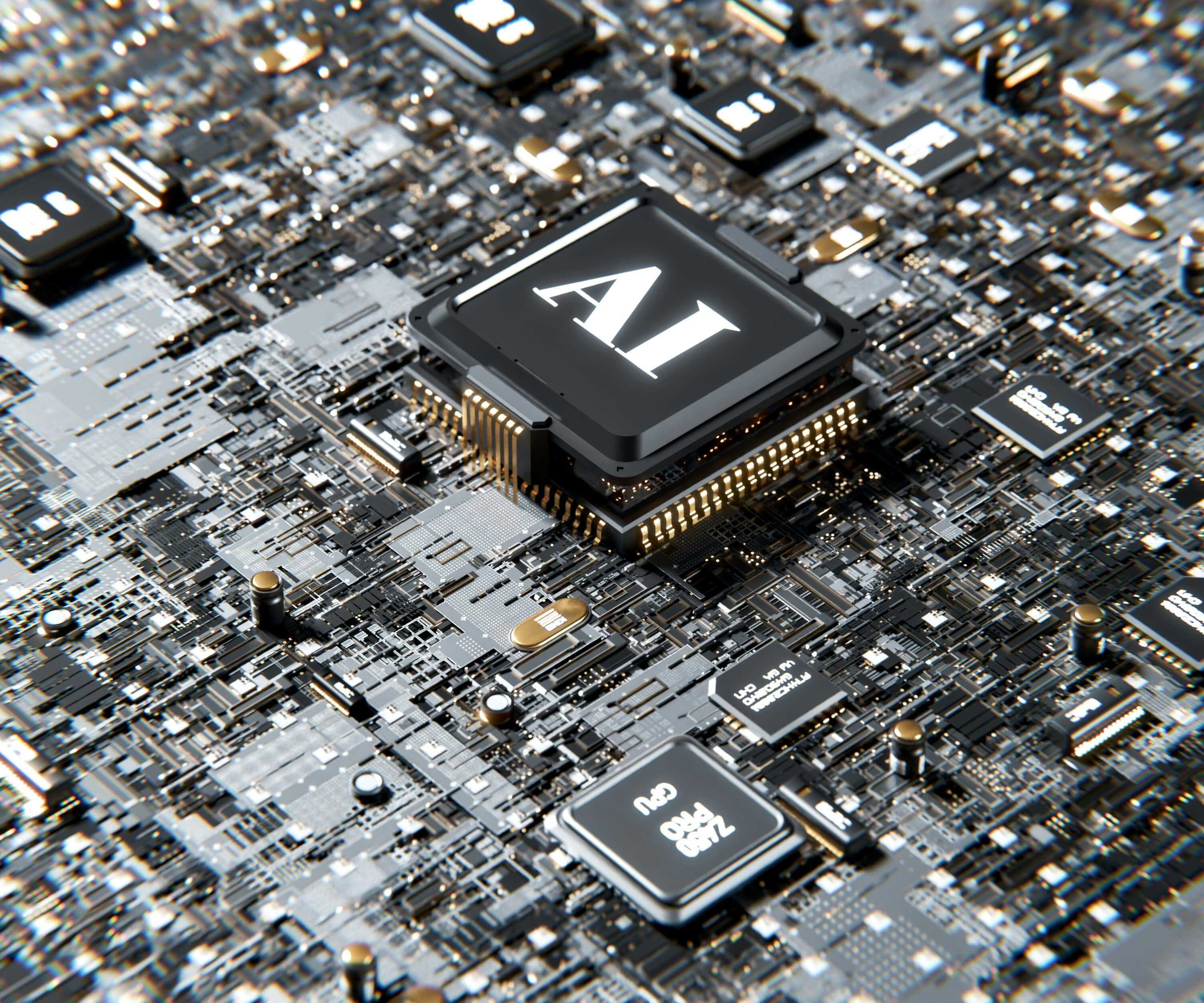
Exploring the invisible: Dr. Ariadni Boziki simulates the molecular world
Chrysovalantou Kalaitzidou

Hello inquisitive readers! Welcome to another article from Greek women in Stem. Our topic today is AI and the art of decision-making based on data, which is really very much in vogue these days.
On a global scale, the main domains that have been most impacted by AI are biomedical sciences, engineering, geosciences, mathematics and physics, chemistry and neuroscience. Of course, manufacturing is also harnessing the power of data science for various purposes, with ~62% of business leaders having already invested in AI related tools and methods [1].
If you think about the last time you tried to make a hard decision whether at work or in everyday life, you will realise that your mind is trying to figure out the information available and makes the most appropriate decision based on data and your intuition. Your intuition is developed by training in similar situations at the crossroads of your life!
Machine learning and AI algorithms work in exactly the same way. They are mathematical models that can make predictions based on previous seen data and make decisions with a certain degree of precision. The more they are trained and the more data is available, the more certain a decision is and thus the more robust the result.
Now, are you ready to embark on this venture as we unravel decision-making, and deal with real world scenarios? Let’s dive in!
Imagine an application like photoshop, where a doctor can insert a patient’s MRI. Then the application can make a prediction based on other data (MRI from other patients who have been previously examined) and add information to the doctor’s view. This model that the application uses, needs to be trained with multiple MRI images from different cases, which is not an easy task. Now, imagine that the doctor can also add the outcomes of your drug treatment during a certain period of time. Based on other data (medication histories of other patients) that the model has seen before, the algorithm can make predictions and add information about your results. So, why not use the computing power of a machine learning model? This way, the doctor can keep track of all the cases they have seen and the algorithm can use them to help both the doctor and the patient. There are many other examples today, where machine learning algorithms can help detect diseases early and increase the accuracy of diagnoses.
AI has become an important tool for tackling environmental problems. Consider a scenario of an aquatic environments, based on a model that has been trained using many images of marine organisms but also images from waste. A model can classify and predict whether there is an organism or litter in a new image based on the data viewed. A completely different idea would be to think about how we can minimize food waste. For example, a company that produces milk can collect all the samples of milk and of curdled milk that are past their use-by date and record the measurements of each sample that indicate whether the milk is curdled or not. Based on all these samples, the model can then predict whether a new milk sample is curdled. It could also recommend where it can be used, for example, in the production of a cake. Furthermore, a model can use historical data as well as market data, to predict the demand and thus reduce overstock and subsequent wastage. AI can be an indispensable tool for dealing with food waste. And there are so many other areas where we can help the environment by harnessing the power of AI!
I end this article as a proud mathematician, and refer back to my thesis where I first saw how differential equations could help with forecasting. The result was that based on some samples of time and stock prices, the model tried to make predictions for prices in other time periods [2]. Differential equations describe phenomena that evolve over time, so can they be used in combination with machine learning to give better predictions? Definitely YES!
I could talk about the ideas for hours, the problems that currently exist, and the way in which AI can provide solutions [3]. I remember discussing these and other ideas with a good friend in a coffee shop and I want to leave you with his words:
There are problems everywhere. If you talk with people about their worries, their job, and everyday life and think out of the box what could help, that’s when you come up with great ideas.
What do you think? Can you think of any ideas that through data and AI could spark something extraordinary whether within your industry or beyond?

Chrysovalantou Kalaitzidou

Thaleia-Dimitra Doudali

Danai Korre
